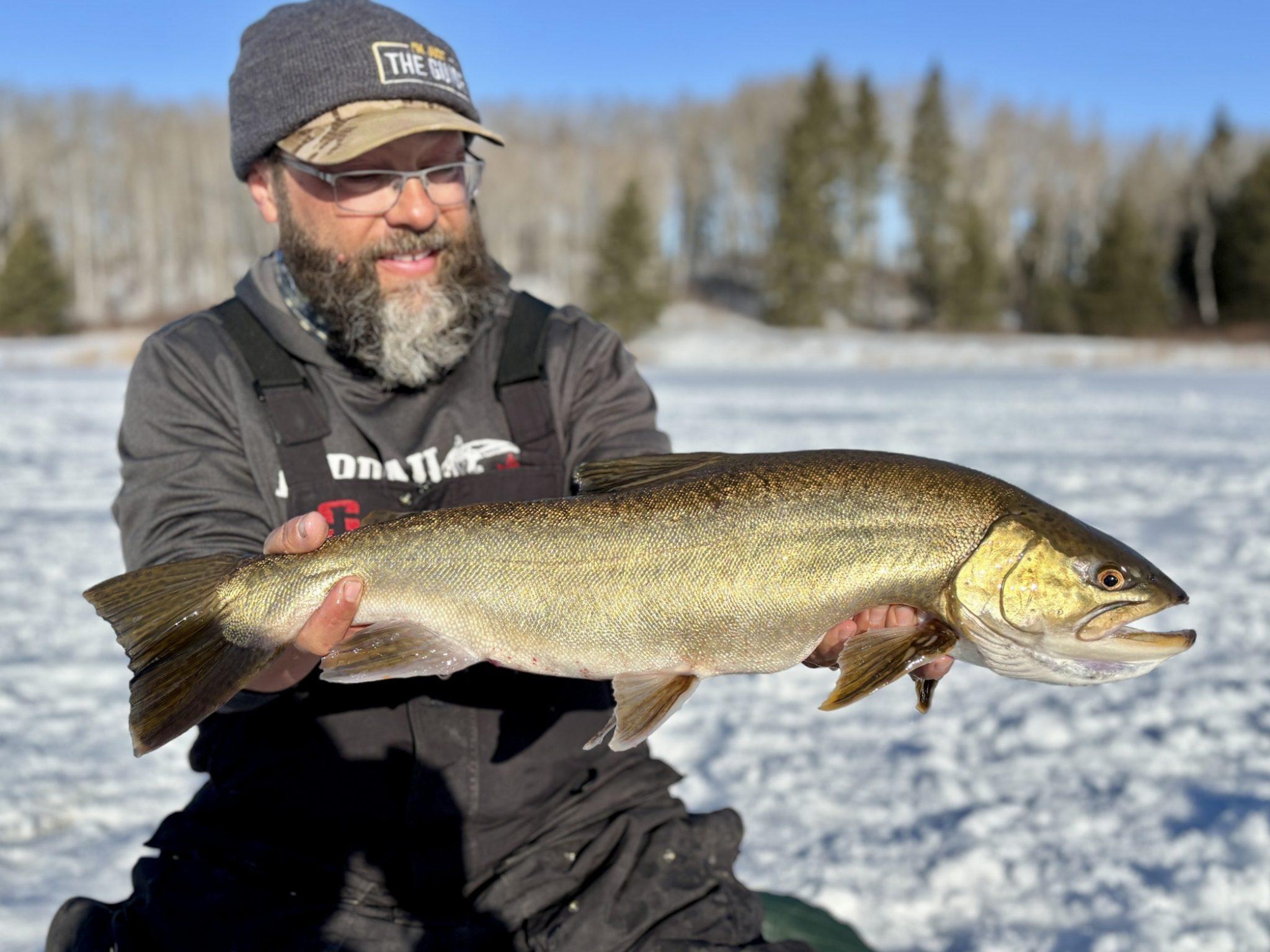A Parkland Weekend: Early Ice, Big Views at Late Season Hunting
Ang taglamig ay nanirahan sa Manitoba's Parkland sa paraang paraang ginawa para sa pakikipagsapalaran. Bumubuo ang Frost sa kahabaan ng mga timberline ng Riding Mountain at Duck Mountain Provincial Park, ang mga mababaw na lawa ng trout ay humihigpit sa fishable na yelo, at ang mga wildlife trail ay nagsisimulang lumitaw sa kabila ng snow. Para sa mga mangingisda, ito ang sandali kung kailan nag-aalok ang stocked trout lakes ng maagang pagsisimula sa season, at kapag ang walleye at pike ay nahulog sa maaasahang mga pattern ng maagang yelo sa mas malaking tubig ng rehiyon. Para sa mga mangangaso, umaalingawngaw pa rin ang Disyembre sa tunog ng paghampas ng mga pakpak habang nagpapatuloy ang mga panahon sa kabundukan.
Magdagdag ng pananatili sa Clear Lake o isa sa mga tahimik na bayan sa paanan tulad ng Minnedosa, kasama ang access sa world-class na mga network ng trail sa buong taon, at mayroon ka ng lahat ng kailangan mo para sa perpektong Parkland weekend. Ito ay isang rehiyon ng Manitoba kung saan nag-uugnay ang lahat. Mula sa pangingisda at pangangaso hanggang sa mga maaliwalas na lugar na ginagawang hindi malilimutan ang pagtuklas sa Parkland.
Maagang Ice Fishing para sa Stocked Trout
Ang Parkland ay tahanan ng ilan sa mga pinakaproduktibong lawa ng trout ng Manitoba, at marami sa mga ito ang kabilang sa mga unang tubig sa lalawigan na nag-freeze. Ang mga mababaw na palanggana at nasisilungan na mga baybayin ay nakakatulong sa mga lawa na ito na maisara nang maaga, na lumilikha ng isang perpektong pagsisimula sa panahon ng pangingisda sa yelo sa parehong mga rehiyon ng Riding Mountain at Duck Mountain. Kapag tumagal na ang temperatura, makakahanap ang mga mangingisda ng maagang access sa rainbow trout, brook trout, brown trout, tiger trout, at splake, na may ilang lawa na gumagawa ng Master Angler class na isda tuwing taglamig.
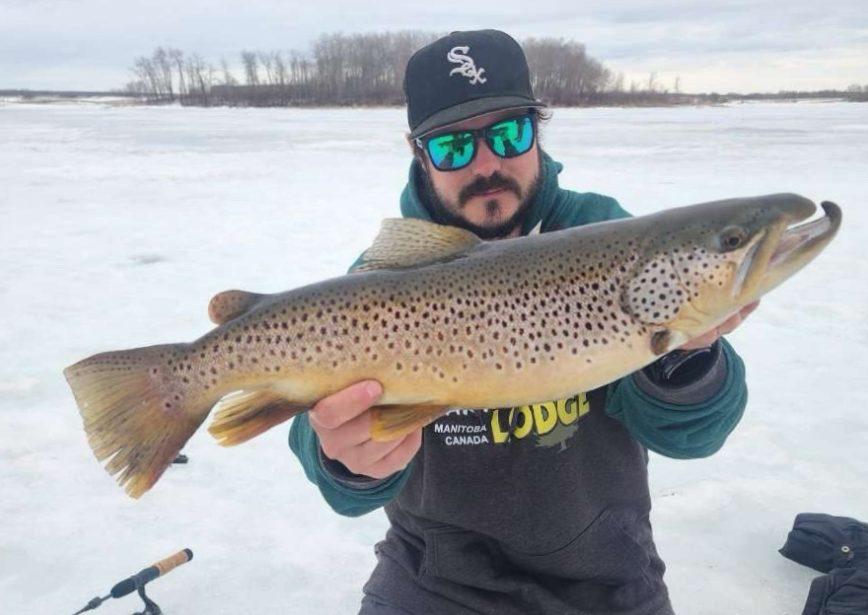
Sinumang nagpaplano ng mga paglalakbay sa taglamig ay maaaring mag-browse sa Manitoba lake stocking records program para sa isang napapanahong pagtingin sa taunang pagsisikap sa pag-stock sa buong rehiyon. Maaari mong tuklasin ang interactive na mapa dito , at ito ay nagkakahalaga ng pag-bookmark para sa pagpaplano ng parehong maaga at huli na season trout outing. Nasa ibaba ang ilan sa mga pinakakilalang trout lake na dapat isaalang-alang para sa iyong Parkland weekend.
Lawa ng Corstorphine
Nakatayo ang Corstorphine sa timog lamang ng Riding Mountain National Park at sa hilaga ng komunidad ng Sandy Lake. Matagal na itong kinikilala para sa mataas na kalidad nitong rainbow trout, na may maraming isda na umaabot sa haba ng Master Angler . Ang kamakailang brown trout stocking ay nagdagdag ng isa pang layer ng pagkakataon. Ang mga kondisyon ng maagang yelo ay madalas na pabor dito dahil sa mas maliit na bakas ng paa ng lawa.
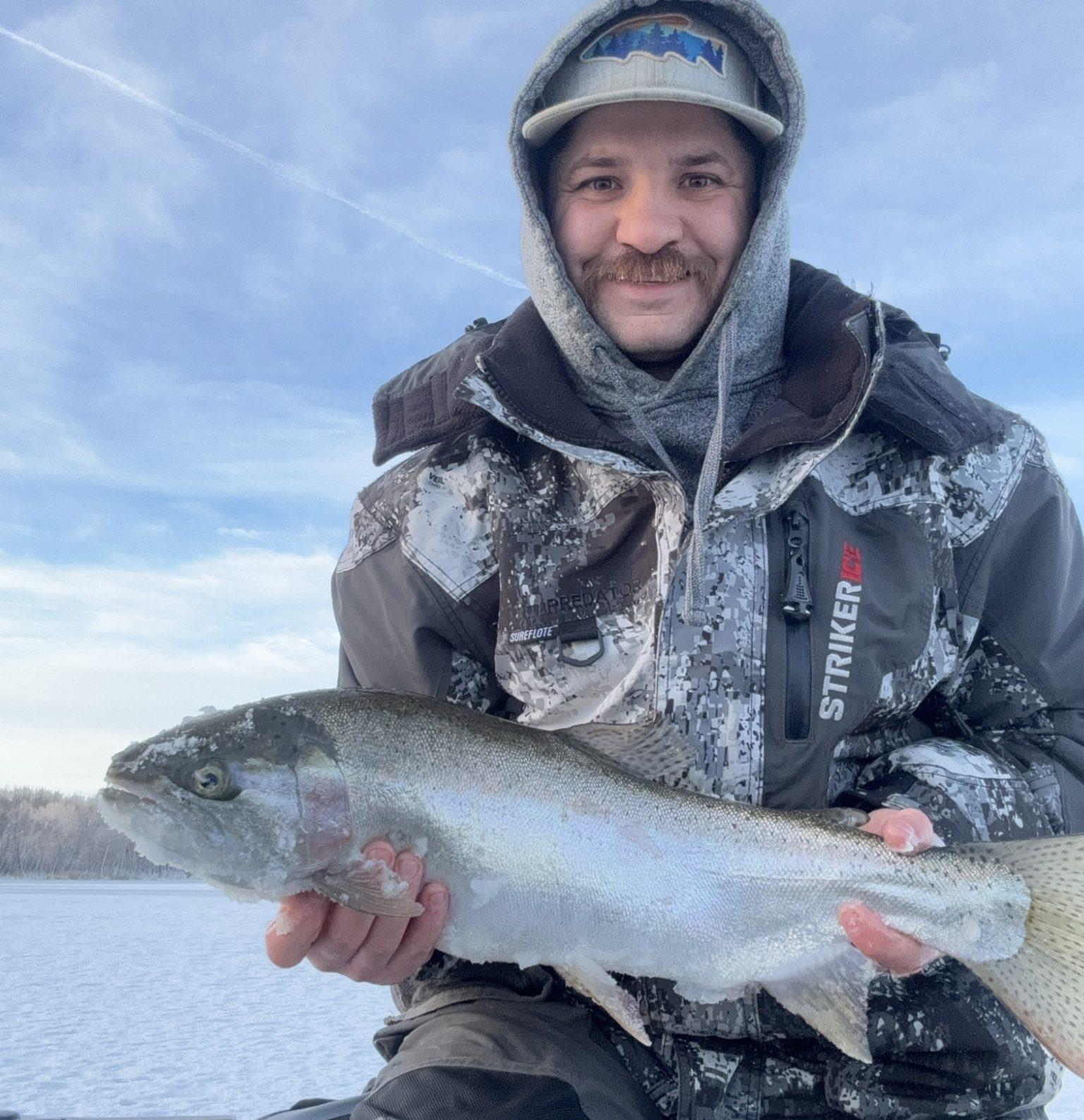
Kambal na Lawa
Ang Twin Lakes, na matatagpuan sa Duck Mountains sa hilaga lamang ng Roblin, ay sikat sa tigre trout. Ang mga isdang ito ang pangunahing draw at regular na umabot sa klase ng Master Angler . Ang mga pagsisikap sa pag-stock sa mga nakaraang taon ay nanatiling malakas, na tumutulong na mapanatili ang pare-pareho ang laki at kalidad. Ang nakapalibot na magkahalong kagubatan ay lumilikha din ng magandang setting para sa maagang taglamig na pangingisda, lalo na sa pagsikat ng araw.
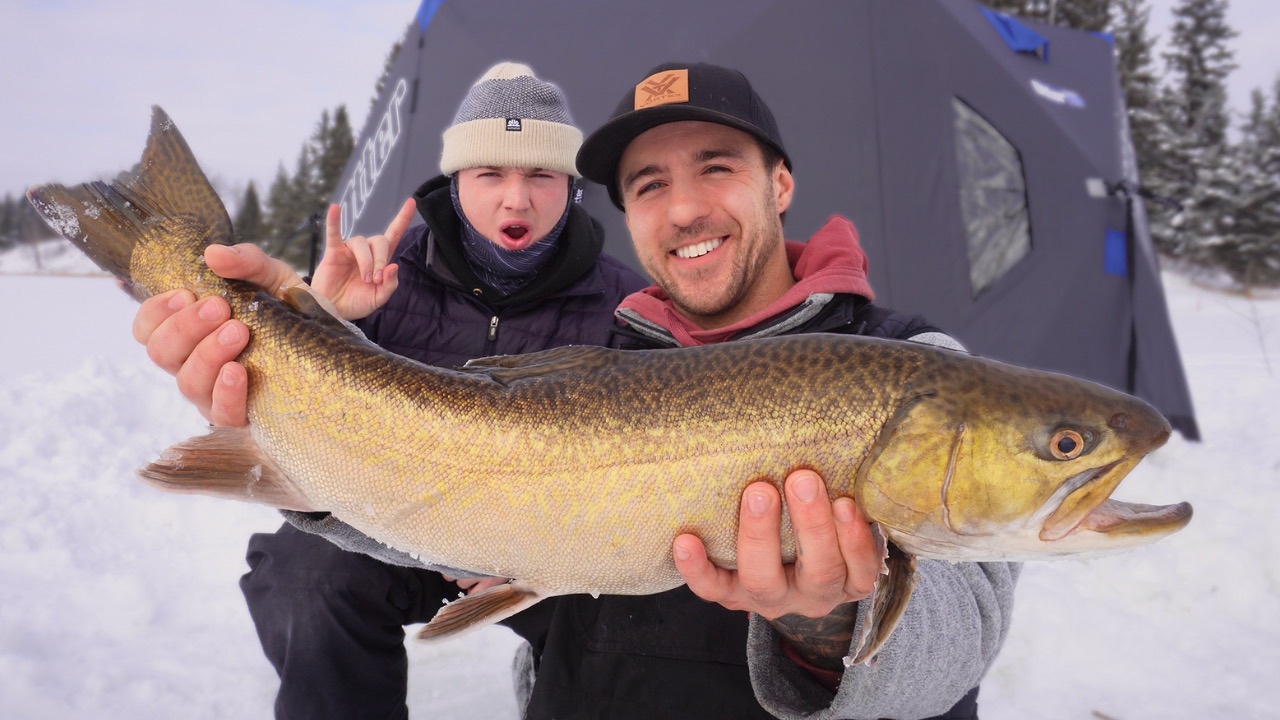
Lawa ng Patterson
Nakatayo ang Patterson sa timog lamang ng Riding Mountain at silangan ng Rossburn. Ito ay isang mapagkakatiwalaang opsyon para sa rainbow at brown trout at nakakita ng matatag na stocking sa mga nakaraang taon. Ang kumbinasyon ng malusog na populasyon ng trout at madaling pag-access sa taglamig ay ginagawang maaasahang pagpipilian ang Patterson para sa pangingisda sa maagang panahon. Ang mga mangingisda ay madalas na kumalat sa mga malalim na paglipat kung saan ang trout ay naglalayag para sa pagkain sa ilalim ng bagong yelo.
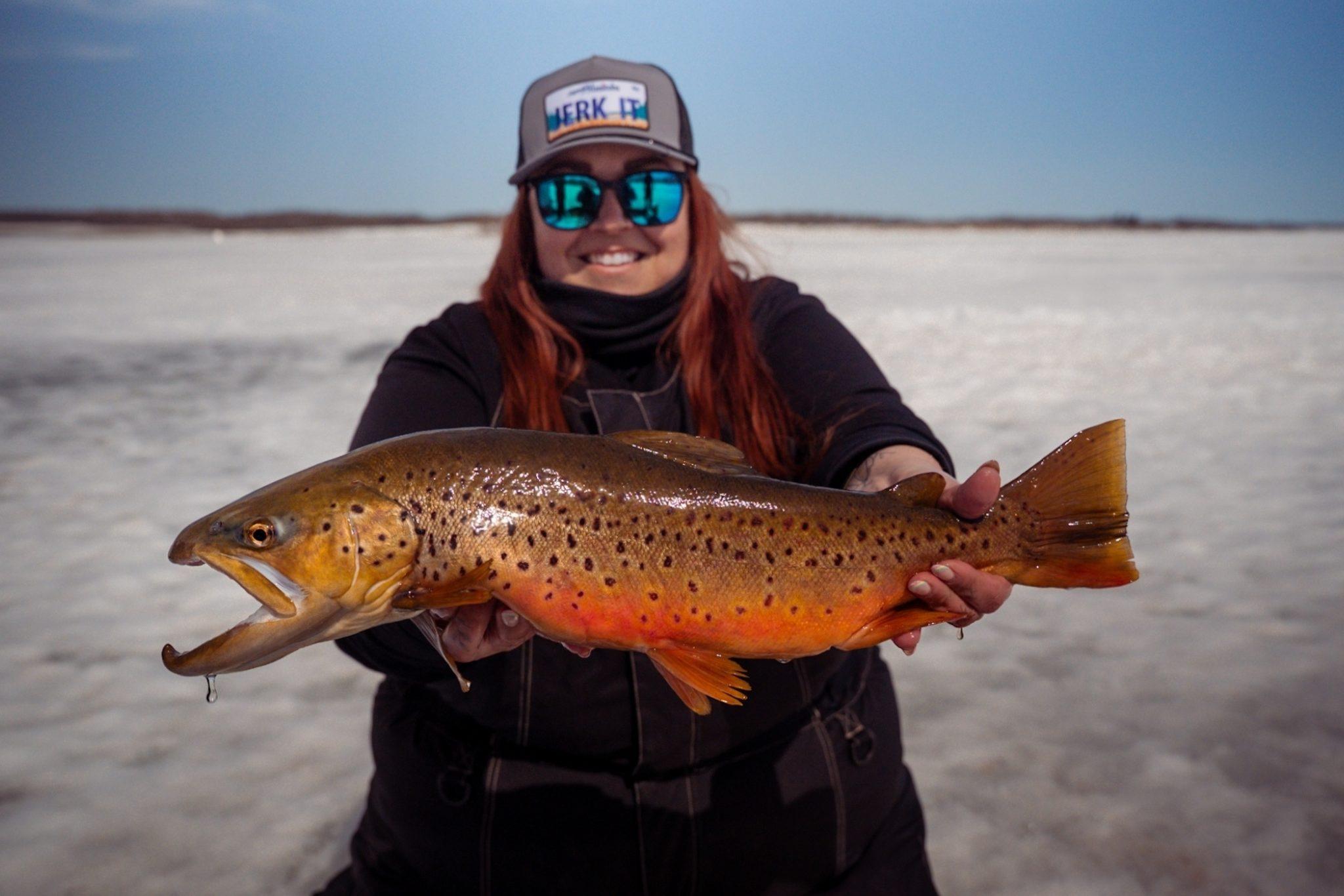
East Blue Lake
Ang East Blue Lake ay nasa gitna ng Duck Mountain Provincial Park malapit sa junction ng Highway 367 at Highway 366. Ang lawa na ito ay kilala sa rainbow trout at may mahusay na kasaysayan ng stocking. Ang kamakailang pag-stock ng splake ay nagbibigay ng isa pang uri ng hayop upang i-target habang ang mga isda ay patuloy na lumalaki. Ang malalim at malinaw na tubig ng lawa ay ginagawa itong isa sa pinakanatatanging pangisdaan ng trout sa rehiyon.
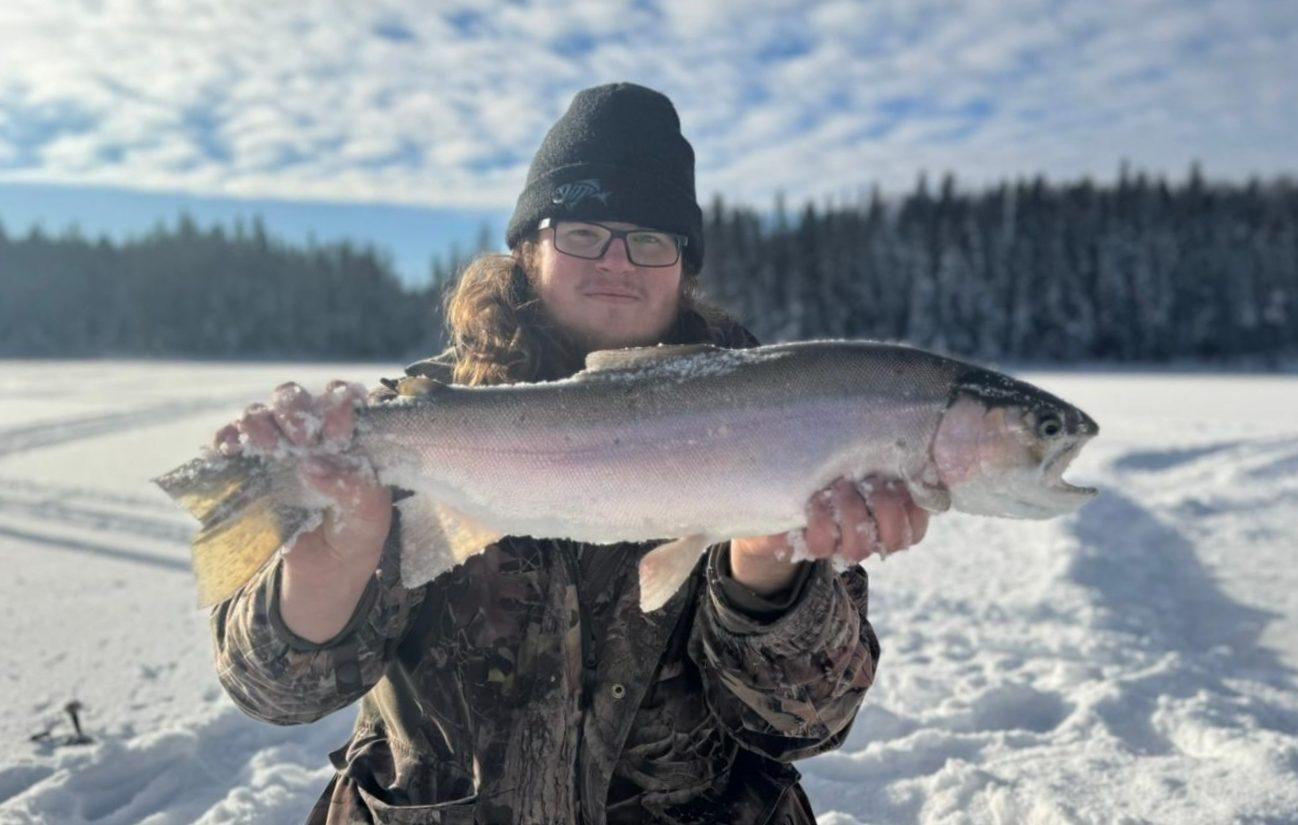
Lawa ng Laurie
Ang Laurie Lake ay nasa labas lamang ng Highway 367 sa Duck Mountain Provincial Park. Ito ay isa sa mga nangungunang splake lakes ng Manitoba at nakakita ng makabuluhang stocking sa mga nakaraang taon. Ang kasalukuyang Manitoba record splake ay nakuha dito noong nakaraang taon, na nagsasalita sa potensyal ng lawa. Sinusuportahan din ni Laurie ang brown trout at gumawa ng trophy-class na kayumanggi, na tinulungan ng pare-parehong pagsisikap sa pag-stock at isang malakas na forage base.

Lake of the Prairies, Early Season Walleye at Pike
Habang sinisimulan ng mga punong lawa ng trout ang mga unang pagkakataon sa yelo sa Parkland, ang Lake of the Prairies ang susunod na pangunahing sistema na gaganapin. Sa sandaling ang mga bay at baybayin ay bumuo ng sapat na yelo para sa ligtas na paglalakbay ng paa, ang mga mangingisda ay kumalat sa mga punto, gilid ng channel, at mga contour break na ginagawang napakaproduktibo ng mahabang reservoir na ito. Ang mahusay na pagmamapa ay magagamit para sa lawa, at maraming mga mangingisda ang pumila sa kahabaan ng orihinal na ilog, na tumutuon sa sampu hanggang dalawampu't talampakan na hanay kung saan ang mga isda ay madalas na tumutuon sa unang yelo.
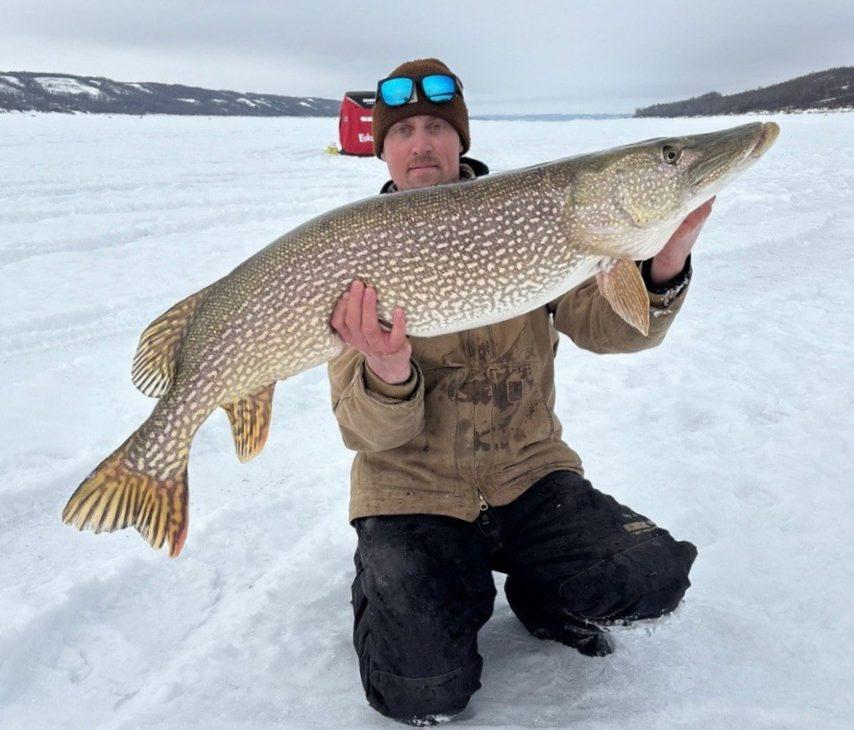
Dahil ito ay isang malaking anyong tubig na may gumagalaw na tubig sa ilalim ng yelo, mahalaga ang maagang pag-iingat. Maaaring mabilis na mag-iba ang kapal ng yelo, at maaaring maglipat-lipat ang mga kundisyon mula sa bawat lugar, kaya mag-scroll pababa sa seksyong pangkaligtasan ng yelo para sa higit pang impormasyon bago lumabas.
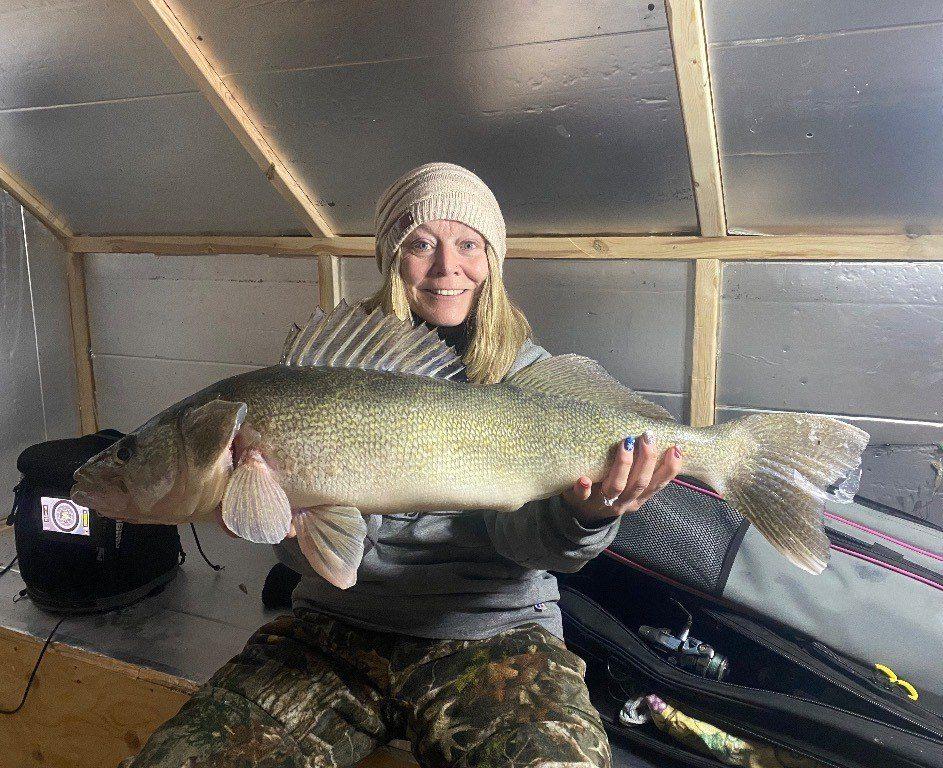
Upang madama kung paano nangingisda ang lawa na ito sa maagang yelo, tingnan ang mga video sa Clayton Schick Outdoors na kasama sa ibaba. Mahusay niyang ipinakita ang sistema at nagbibigay ng malinaw na pagtingin sa kung ano ang maaaring asahan ng mga mangingisda kapag dumating ang unang ligtas na yelo.
Clear Lake, Whitefish, Relaxation at Family Friendly Adventures
Ang Clear Lake ay isa sa mga nangungunang destinasyon ng Manitoba para sa pag-target ng whitefish, at sinusuportahan iyon ng Master Angler record book . Marami sa pinakamalaking isinumite ng whitefish sa lalawigan ay nagmula sa malinaw na palanggana na ito, at ang unang bahagi ng taglamig ay isang maaasahang oras upang makahanap ng mga paaralan na nagpapakain sa mas malalim na tubig; maaari ka pang magkaroon ng bonus na Northern Pike.
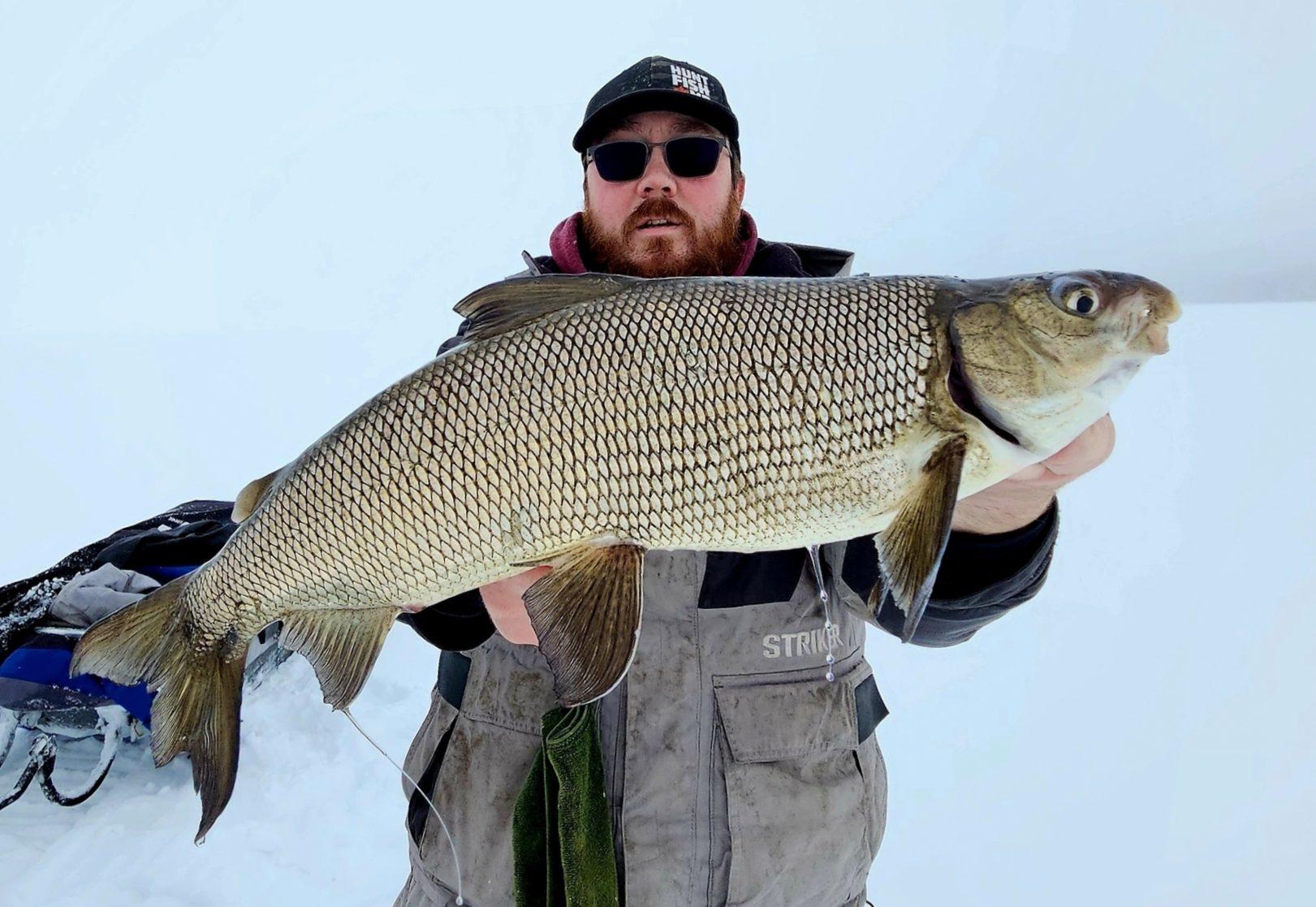
Higit pa sa pangingisda, ang Clear Lake ay nagse-set up ng madali, all-in-one na weekend ng taglamig. Sa maraming mahusay na provider ng tirahan sa lugar, makakahanap ka ng kakaiba at komportableng paglagi.
Nag-aalok ang Klar So ng pagkakataong isawsaw ang iyong sarili sa katahimikan, isang Nordic Spa na may mga sauna, steam room, hot tub, at malamig na plunge.

Hilaga lamang ng parke, ang Northgate Trails ay nag-aalok ng isang hindi kapani-paniwalang pagkakataon upang isawsaw ang iyong sarili sa kakaibang lugar na ito ng lalawigan. Sinusuportahan ng world-class trail system ang snowshoeing, hiking, cross-country skiing, at fat biking, at nag-aalok ng mga natatanging winter accommodation na nagbibigay sa mga bisita ng isa pang paraan upang tuklasin ang kagubatan na nakapaligid sa rehiyon.
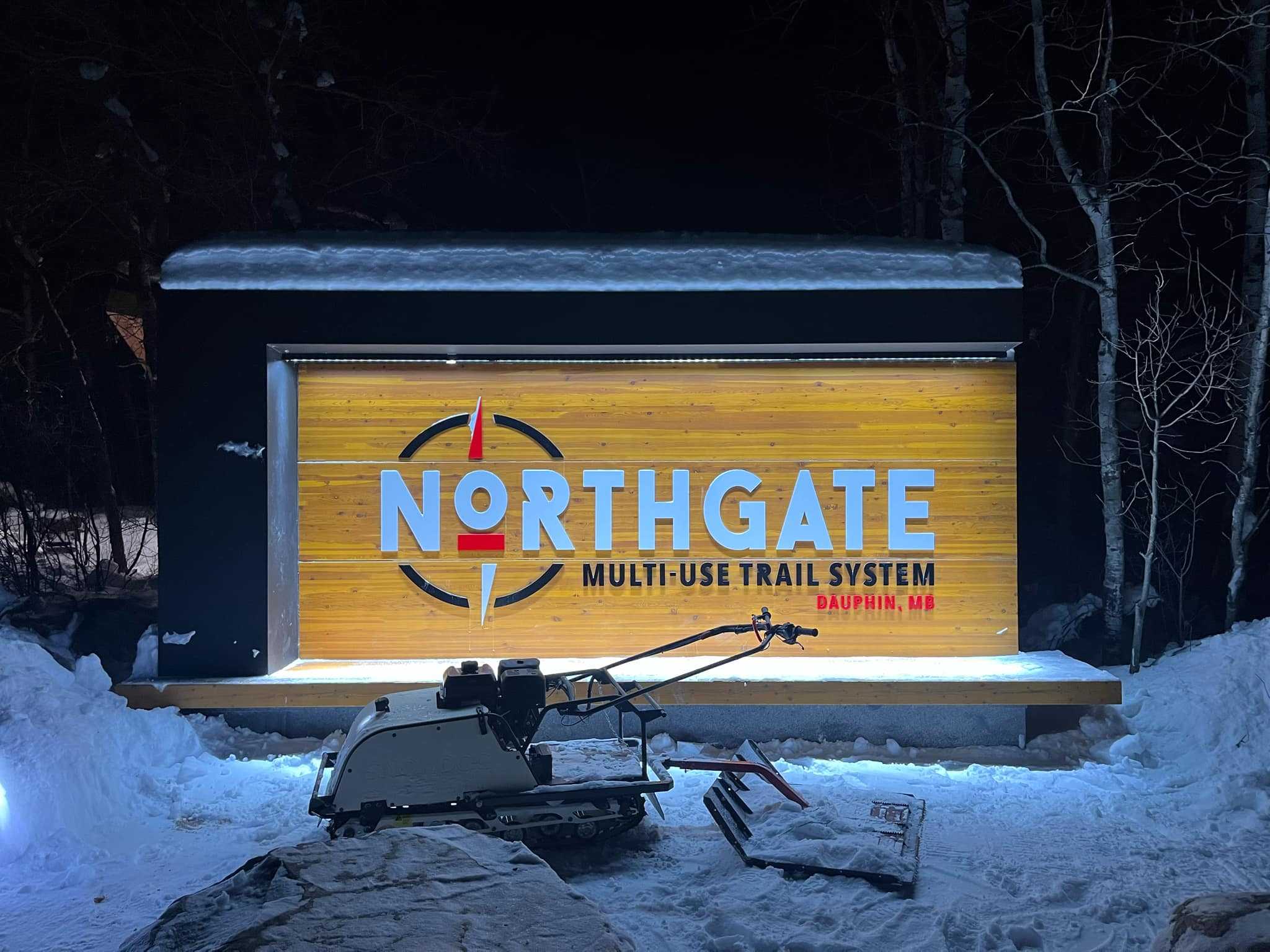
Pinag-uugnay ng Clear Lake ang lahat. Ang malakas na pangingisda, kumportableng tuluyan at madaling paglilibang sa taglamig ay nasa loob ng ilang minuto sa isa't isa, na ginagawa itong isa sa mga pinakakumpletong lugar ng pagbakasyon sa taglamig hindi lamang sa Parkland, kundi sa probinsya.
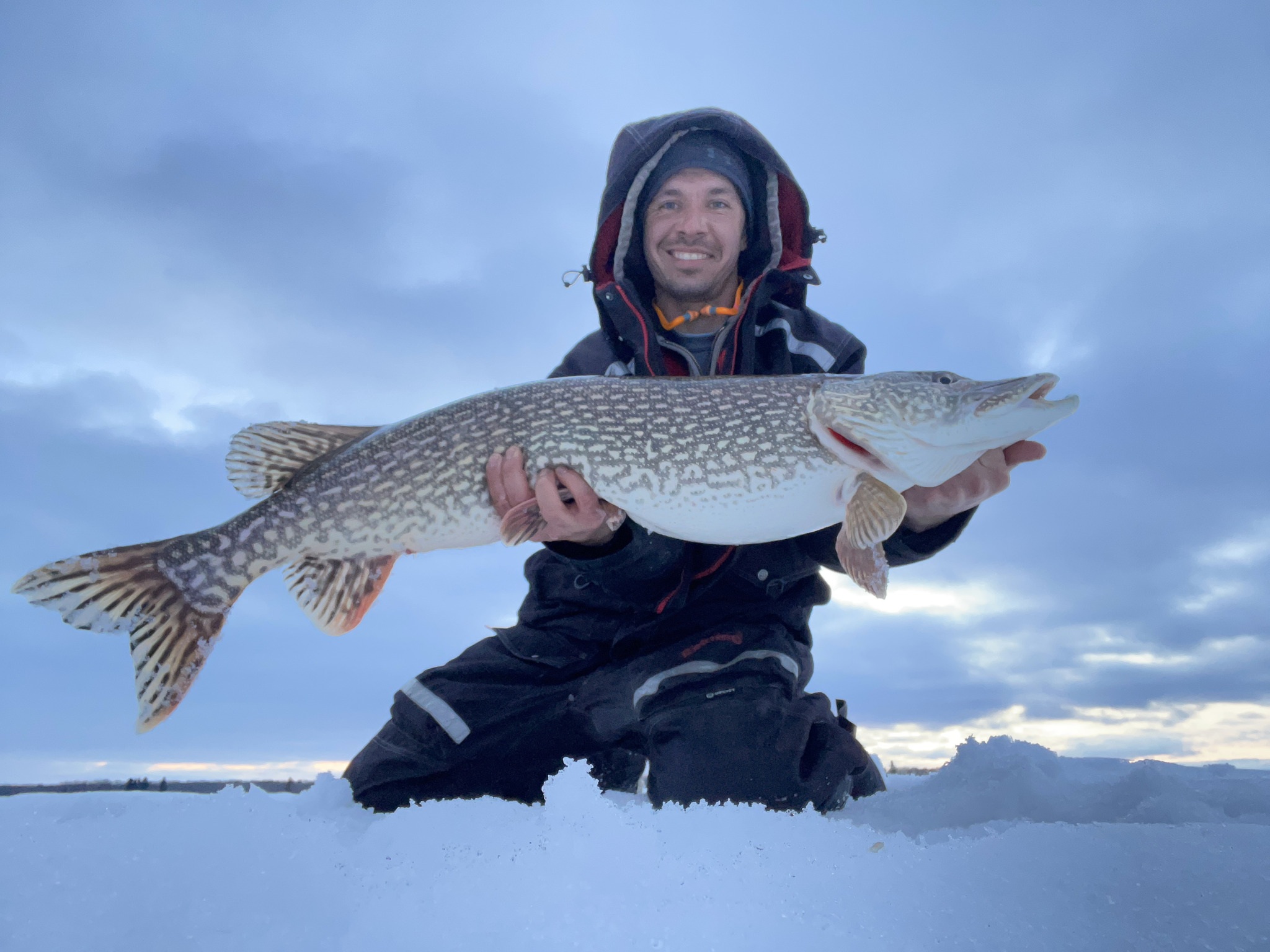
Dapat pansinin na ang mga lisensya ng pangingisda sa probinsiya ay walang bisa sa mga pambansang parke. Dapat kang magkaroon ng national park fishing permit para mangisda sa Riding Mountain National Park.
Kaligtasan ng Yelo: Alamin ang Mga Kundisyon Bago Ka Pumunta
Ang maagang yelo ay maaaring ilan sa mga pinakamahusay na pangingisda ng panahon, ngunit ito rin ay kapag ang mga kondisyon ay nagbabago nang pinakamabilis. Ang Life Saving Society of Manitoba ay nagpapaalala sa mga mangingisda na ang yelo ay hindi kailanman ganap na ligtas at ang pag-iingat ay dapat gabayan ang bawat hakbang patungo sa isang nagyelo na lawa. Ang lalim, agos, snow cover at istraktura ng baybayin ay lahat ay nakakaapekto sa kapal, at ang yelo ay maaaring mag-iba sa loob lamang ng ilang hakbang. Ang madalas na pagsuri sa mga kondisyon gamit ang spud bar o auger ay isa sa mga pinakasimpleng paraan upang manatiling ligtas.
Malaki rin ang pagkakaiba ng pagdadala ng tamang kagamitan. Ang mga item gaya ng ice pick, throw rope, flotation jacket o suit, waterproof layer, headlamp, cleat, at fully charged na telepono sa waterproof case ay itinuturing na mga pangunahing kailangan para sa maagang season na paglalakbay. Ang paglipat kasama ang isang kapareha at pananatiling nakalat ay nagdaragdag ng dagdag na patong ng kaligtasan, lalo na sa malalaking anyong tubig.
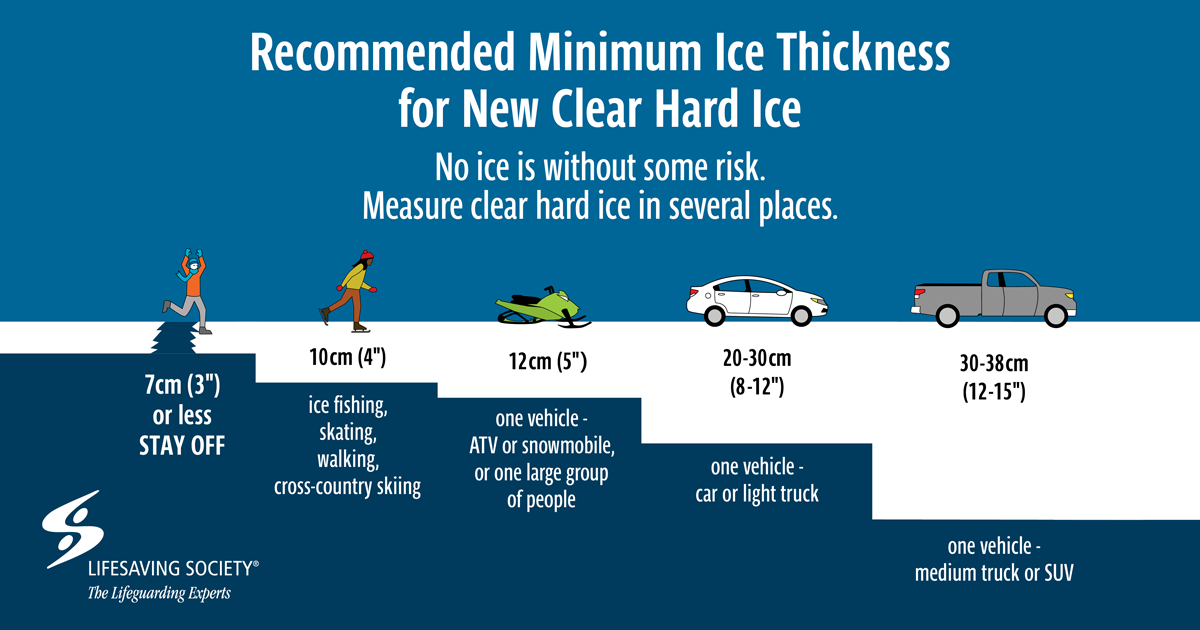
Ang malalakas na pagkakataon sa pangingisda ay bahagi ng kung bakit kapana-panabik ang maagang yelo, ngunit dapat laging mauna ang paghahanda. Ang paglalaan ng ilang dagdag na minuto upang maunawaan ang mga kundisyon at sundin ang patnubay ng mga organisasyon tulad ng Life Saving Society of Manitoba ay nakakatulong na matiyak na matatapos ang bawat biyahe.
Para sa mas malalim na pagtingin sa pananatiling ligtas sa yelo, si Jay Siemens ay may mahusay na video sa kaligtasan ng yelo na binuo sa mga puntong ito at sulit na suriin bago ang anumang maagang pamamasyal sa taglamig sa Parkland.
Upland Bird Hunting hanggang sa huling bahagi ng Disyembre
Bilang Malalaking Hayop sa Pangagaso nagsisimula nang humina ang panahon, ang rehiyon ng Parkland ay isang magandang lugar upang gugulin ang mga huling araw sa field. Nagpapatuloy ang pangangaso ng ibon sa itaas hanggang sa katapusan ng Disyembre, at ang pinaghalong kagubatan, lupang sakahan, at transition habitat ng rehiyon ay angkop na angkop sa ruffed grouse, spruce at sharp-tailed grouse. Nag-aalok ito ng ganap na kakaibang pakiramdam kumpara sa naunang taglagas, na may mas tahimik na kakahuyan, mas malambot na niyebe at mga sariwang track na gumagabay sa daan. Para sa mga mangangaso na may matalas na mata at tamang kasanayan, ito rin ang perpektong oras upang habulin ang mga bagong milestone sa programa ng Manitoba Master Hunter .
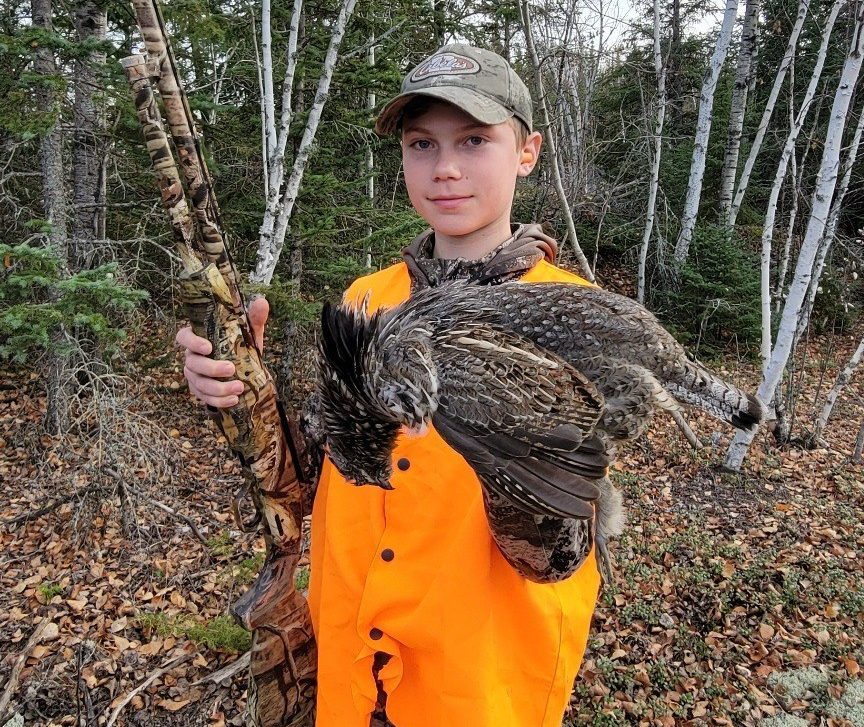
Ang mga sharptail ay madalas na matatagpuan sa mga gilid ng natural na parang, katutubong damo at lupang pang-agrikultura, habang ang ruffed at spruce grouse ay mas malalim na nakahawak sa troso. Ang ruffed grouse ay pinapaboran ang magkahalong kagubatan at batang paglaki, at ang spruce grouse ay mas karaniwan sa mas makapal na conifer stand at sa mga tahimik na bush trail. Ang iba't-ibang ito ay nagpapahintulot sa mga mangangaso na tuklasin ang isang malawak na hanay ng lupain sa isang solong pamamasyal.
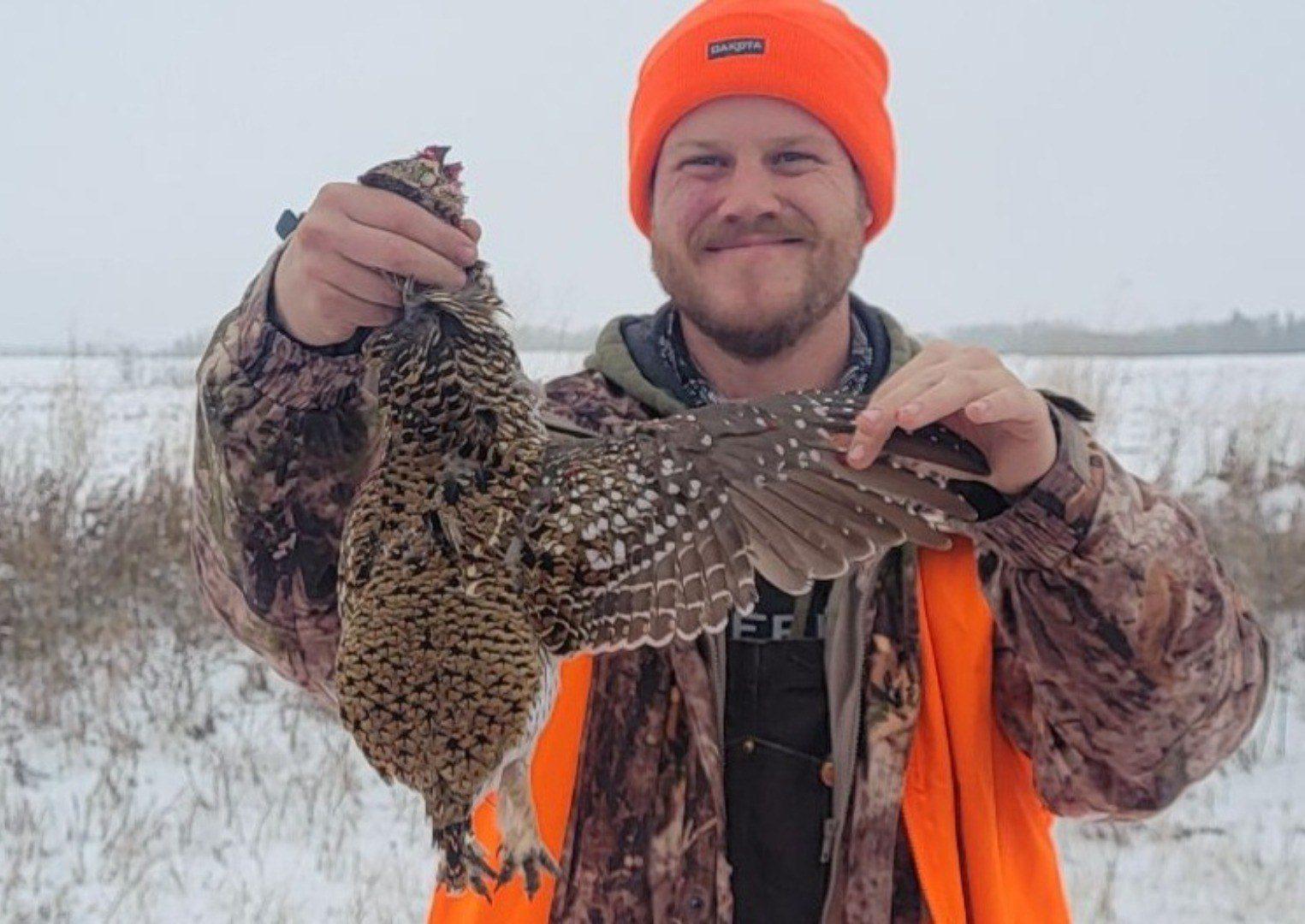
Pinapadali ng mga app tulad ng iHunter ang pagpaplano. Nakakatulong ang mga mapa ng may-ari ng lupa na tukuyin ang pribadong pag-aari at ang mga tamang contact kapag humihingi ng pahintulot, habang ang mga layer ng crown land at wildlife management area ay nagha-highlight ng mga pampublikong opsyon sa buong Parkland. Ito ay isang simpleng paraan upang ayusin ang iyong ruta bago tumuntong sa field.
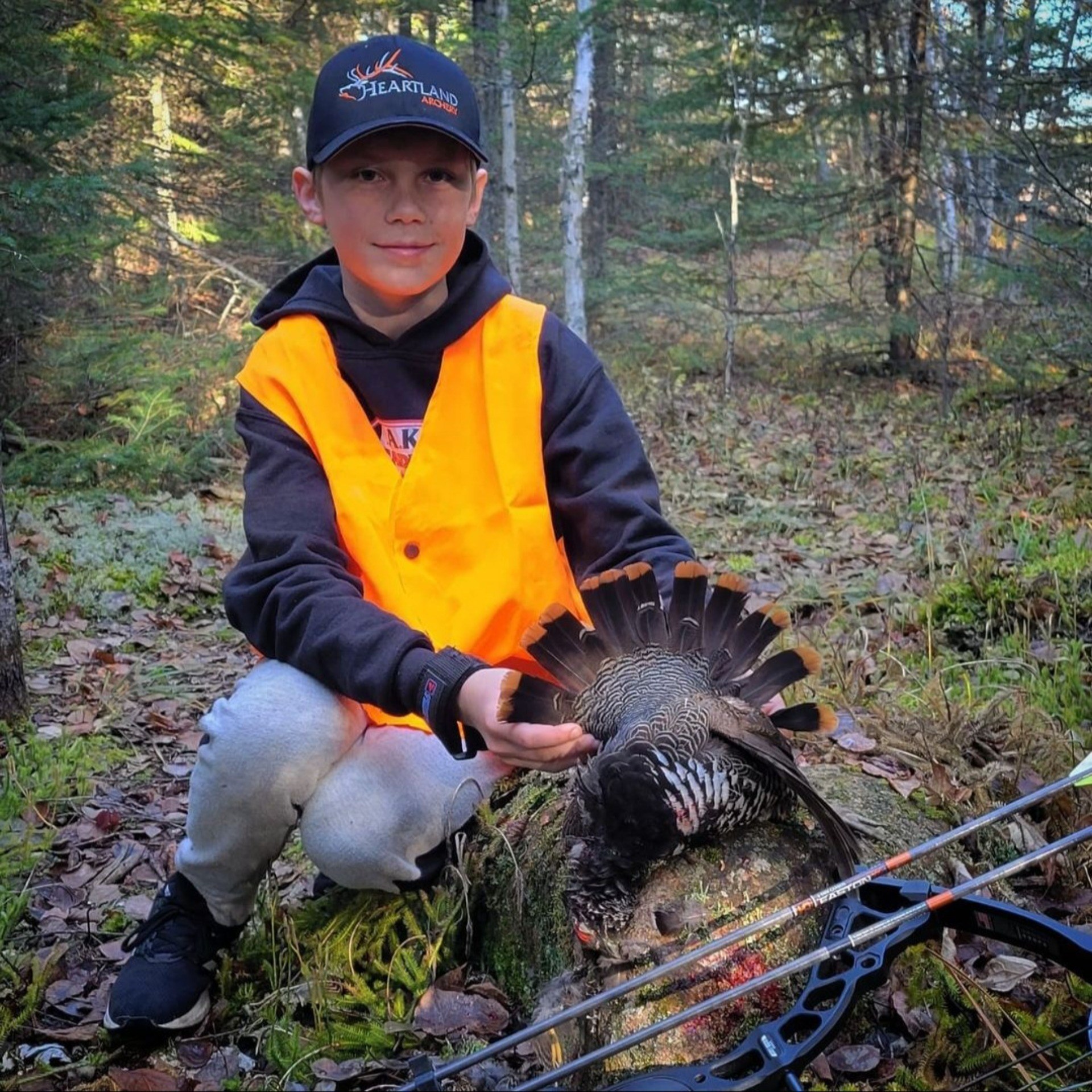
Ang upland bird hunting ay nagdaragdag ng panghuling layer sa karanasan sa Parkland, na nagpapalawak ng season at nagpapakita ng mga landscape na tinatanaw ng maraming bisita. Bago ka pumunta, maglaan ng ilang sandali upang suriin ang mga panahon at regulasyon sa Manitoba Hunting Guide upang ikaw ay napapanahon para sa lugar na balak mong manghuli.
Pagtatapos ng Parkland Weekend
Pinagsasama-sama ng maagang taglamig sa Parkland ang isang natatanging halo ng mga karanasan na hindi mo mahahanap saanman sa Manitoba. Ang mga lawa ng trout ay unang matatag at nag-aalok ng maaasahang maagang pagkilos ng yelo, ang Lake of the Prairies ay sumusunod na may malakas na mga pagkakataon sa walleye at pike, at ang Clear Lake ay nagdaragdag ng parehong de-kalidad na pangingisda at isang komportableng lugar upang manirahan para sa katapusan ng linggo. Maaaring i-stretch ng mga upland hunters ang kanilang season hanggang sa katapusan ng Disyembre, tuklasin ang bagong pabalat at tahimik na mga landscape na ganap na kakaiba sa pakiramdam kapag pumatak na ang snow.

Idagdag ang mga trail, tanawin, at maliliit na komunidad na nakaangkla sa rehiyong ito, at ang Parkland ay nagiging natural na akma para sa sinumang gustong lumuwag sa taglamig na may kaunting pakikipagsapalaran. Ito ay isang lugar kung saan ang mga panahon ay malumanay na nagbabago sa halip na sabay-sabay, na nagbibigay sa mga bisita ng pagkakataong lumipat mula sa lawa patungo sa kagubatan upang mag-resort sa isang biyahe at maranasan ang pinakamahusay na maagang taglamig sa daan.
